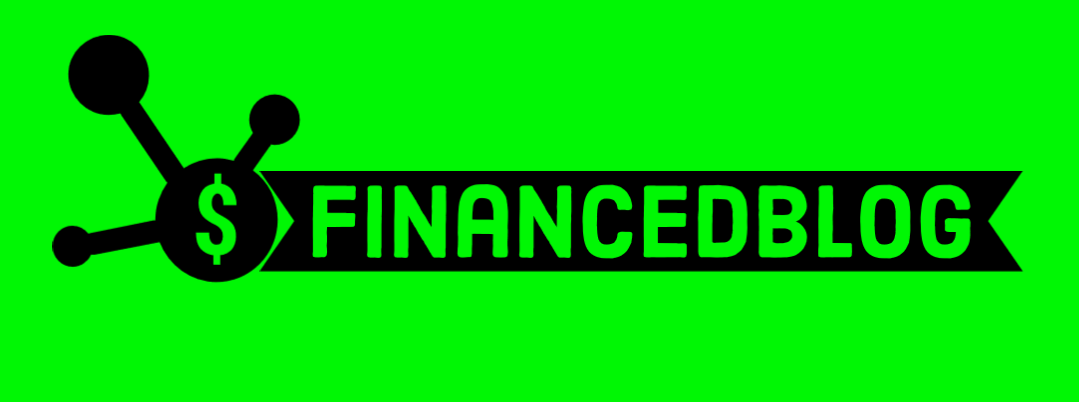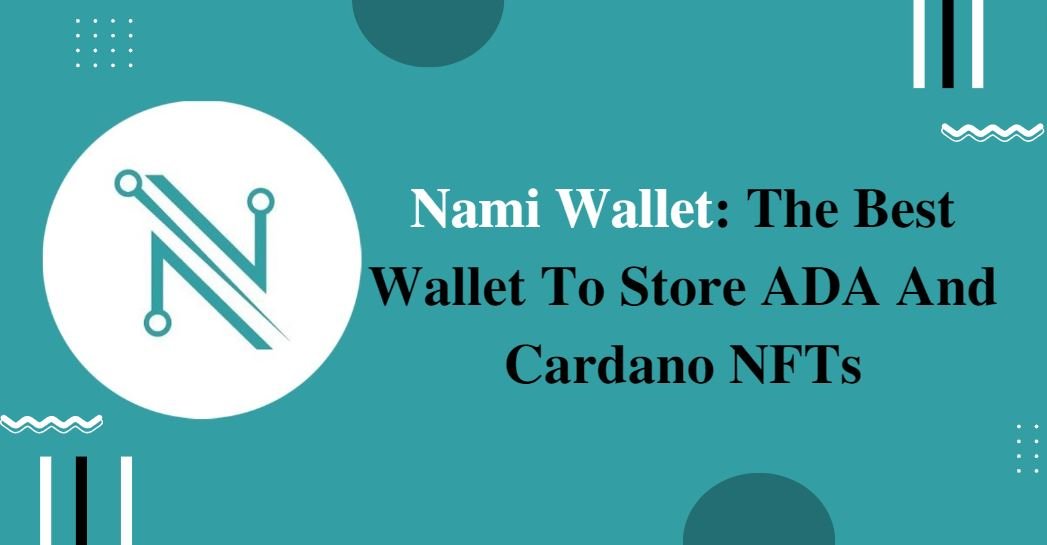Nami Wallet: The Best Wallet To Store ADA And Cardano NFTs
NFTs flooded the market the following year, and so all manner of lightweight wallets appeared on the various other chains. Cardano, on the other hand, was also still operating on allowing smart contracts, and wallet options were limited. Three wallets appeared after the smart contracts functionality became available and the ability to mint NFTs became an actuality. CCVault, Nami, and Typhon were there. They were similar to Yoroi, but they also had NFT space. Today, in this article, we will look at the Nami wallet’s capabilities.
What Is A Nami Wallet?
’
Nami Wallet is a non-custodial Cardano blockchain browser extension wallet. It is currently only compatible with Chrome-based browsers. This app can be used to store tokens and NFTs. It also has the ability to delegate ADA tokens to stake pools, mint NFTs, and interact with smart contracts.
The wallet is made and maintained by Alessandro Konrad and Pascal Lapointe. Furthermore, both run a Cardano stake pool called Berry Pool and created SpaceBudz, one of the first Cardano NFT projects that was well received by the Cardano community. Alessandro is in Munich for a Comp-Sci class. He was working with Ethereum smart contracts when he came across Cardano and made the decision to join the Cardano bandwagon. He wished to contribute his prior experience to the Cardano ecosystem. In fact, when SpaceBudz first did come out, he was interviewed by Charles Hoskinson, the founder of Cardano, to discuss it.
Pascal is a front and backend web developer and UI designer. He is also available for freelance work and works on the wallet and stake pool with Alessandro.
Creation Of Wallet?
The first step in getting started is to download the wallet into your browser. Any of the logos will take you to a website from where you can download the app. After you have done the same, you will see a message informing you that the extension can read and change all of your data on all websites. However, these words may cause some people to think. The wallet and, say, Sundaeswap, a Cardano DEX, will exchange some data too. Will it attempt to change any personal information in your Gmail or grab your passwords if that is the case? The odds are against it.
Creating a new wallet is a simple process. Accept the terms and agreements, note down the seed phrase, confirm the phrase, create a new account, and you are done. Also, make absolutely sure no one is around when looking at the seed phrases. If you want to import from Daedalus/Yoroi, all you have to do is choose the appropriate length for your seed phrase and enter it. However, there is a major issue with this.
Wallets have a lot of things like addresses and sub-accounts. People can set up a variety of wallets in Daedalus/Yoroi. Each and every wallet has its own seed phrase that can be used to gain access to it. There can be many different addresses within each wallet. When using Nami, people only have one wallet and one address. Even so, people can create sub-accounts that are not linked to one another. In this sense, the Nami wallet is similar to a bank account that only has one account but allows you to save money for different purposes.
If you use Daedalus/Yoroi as a seed phrase in Nami, it will only display information for the wallet associated with that phrase. If you have multiple addresses in that wallet, Nami will only display one. To prevent misunderstandings, create a new wallet and transfer the funds from Daedalus/Yoroi to it. When I use ADA, Daedalus is my ADA bank, and Nami is my purse wallet, which I use to purchase things on a daily basis. When I run out of funds in Nami, I transfer funds from one account to the next. This is referred to as “crossing funds.”
Wallet Funding
It is simple to deposit money into the wallet. When you click the Receive button, a QR code and the address are displayed, with the option to scan or copy/paste to the sending wallet, catering to both mobile app and desktop users. Funds arrive quickly in the wallet, and gas costs are minimal. Sending is also simple, as you can use an address, a handle, or Milkomeda, a Cardano side-chain that adds EVM compatibility to the Cardano network.
Main Page
After getting the funds, the ADA is displayed on the main page under the stacks of coins icon. All of the tokens used by people who trade frequently on Sundaeswap or participate in MELD will be available here. All of the tokens used by people who trade frequently on Sundaeswap or participate in MELD will be available here. The NFTs are kept in this place. They are kept in the little Gameboy icon. To view your transaction history, select the third icon, which resembles a clock. It also displays cute icons to indicate the type of transaction.
Buy And Send NFTs
It’s also simple to use the wallet to buy and send NFTs. Simply connect the wallet to the marketplace, after that click Buy NFT, then Confirm, enter the password, and the transaction is complete. It is the same as sending a token to send an NFT.
Stakepool Delegate
When Daedalus launched in 2015, Cardano was one of the first to offer staking through a wallet. Daedalus allows you to choose from a list of stake pools directly from the app. Nami offers two ways to stake:
- Straight within the wallet, but only to Berry Pool, the stake pool run by the wallet’s creators.
- Using a stake pool website such as PoolPeek.com.
Just gather the wallet to the stake pool site and select the pool with which that want to stake with and then tap join. It’s important to note that there is a 2 ADA withdrawal minimum to gather the stake pool rewards.
Collateral
The wallet can also interact with smart contracts, such as minting NFTs. To accomplish this, you must keep something valuable in your wallet. As only the node that creates the block can completely check the contract, it is done by navigating to the settings via the profile picture. If a contract fails, the node consumes a large amount of resources (CPU and memory) to check the contract. When a script is successfully run, the collateral is not taken, according to the FAQ on the wallet’s home page. It also prevents network violence such as spamming.
When a normal transaction goes badly, it does not complete until the network notices it. Any negative events would cost you only 5 ADA, which is a manageable loss given how much ADA currently costs.
Security
Nami, like many of the wallets, allows you to connect your hardware wallet to it for additional security. It implies that in order to withdraw money from Nami, you must use the hardware wallet to sign off on the deal. Just a few hot wallets that I’ve come across use a 24-word seed phrase. Even Metamask has a 12-word seed phrase to begin with. It thus, combined with the fact that Nami is linked to hardware, creates it as secure as a browser extension can be. It has a small attack surface, to put it mildly.
Settings
Settings has three major configuration sections. In the general settings, you can change your profile avatar, switch between light and dark themes, and convert your currency from USD to EUR. The Whitelist Pages section specifies which pages have access to the wallet, which normally requires a Signing transaction to allow access. And at last, in the Network section, you can switch between the Mainnet and the Testnet. If you want, you can also create a custom node.




